|
Soldering is one of the most needed skills for racing grade RC, and is often overlooked. How often have you seen a fantastically built RC race car, only to see globs of heavy solder flowing over the motor like a metal waterfall? This robs both speed and cool points. Here I will present the basics of soldering, but practicing on junk electronics is the best way to learn. Obviously, soldering involves high heat, has a fire potential, and some health concerns. Thought should be given to work site selection, and surrounding area. Soldering next to your spray can or newspaper collection is not advisable. A soldering iron should never be left unattended. If you have to leave, remember to unplug the iron. Safety goggles or glasses are a must at a minimum, and a rated respirator and flowing clean air is recommend. Avoid breathing the fumes from soldering. Equipment SelectionIron Selection: A minimum of a 40 Watt soldering iron is required for most RC applications including wire, battery, and motor soldering. Tip type should be chisel tip for ease of use and proper heat transfer. If your iron did not come with a chisel tip, you can make your own with a common belt sander, or rotary power tool. I keep a fine point iron around for working on the smaller wires found in radios, servos, and antennas. Keep in mind the idea is to choose the right tip for the application, overkill can easily result in damaged or melted projects. Avoid soldering guns, they are near useless for most RC applications as they do not heat-cycle easily, and often result in cold solder joints if not used correctly.
Soldering stepsSolder Site Preparation: Insure the contact points are clean and as free from old solder as possible. Scraping with a hobby knife, sandpaper, or de-soldering braid may be needed. Flux should be applied to both parts to be joined. Pre-Heating: Allow your iron to heat up prior to use. Attacking that wiring too soon and using a cool iron will result in cold, clumpy, and failure prone joint. The same is true after heating a solder joint. Allow the iron to reheat for few moments prior to soldering again. If the solder does not flow easily and quickly, stop and figure out why, normally not enough heat is the cause. Clean Tip: The water filled sponge is there for a reason, use it to keep your tip clean. Wire wool can also be used, and will not cool the tip as much as water, allowing for faster work. Use it often during your project, remembering to allow the iron to reheat for a moment after cleaning. Iron Tinning: Is another area that is often neglected. Tinning is the process of applying a small amount of solder to the tip of the iron so it is covered in a thin layer of solder. Tinning helps to protect the tip from oxidation, overheating / melting, and also facilities the transfer of heat between your project and the iron tip. Iron tips will wear out, but if yours has "craters" in it, odds are the tip was not properly tinned prior to use. Application Tinning: After flux application to the parts being soldered, apply a small amount of solder to both parts, but do not join them yet. Use only the least amount of solder required. Parts should be thinly coated with shinny new solder. Joining: Once all parts, including the iron tip are tinned, join the parts by applying the iron. Use a small amount of solder to facilitate heat flow and join the parts. All parts should join in a moment with a minimum of both heat and solder used. If the parts are not joining, you are having to apply a lot of force, or heat for an extended amount of time, something is wrong. Find out what the issue is, normally not enough heat or flux being used. Joints should be smooth and shinny. If it looks like a clumpy lava mess, it was not done correctly. Iron Storage: Iron should be heavily coated in solder and allowed to cool to room temperature prior to storage. This will help protect the tip from oxidation, and will need to be cleaned off prior to use. Using the tools you have, as they were intended, will allow you to put more time on the track instead of trouble shooting. My number one rule for RC is, "Learn how and why things work." Once you understand the task and objective, the fun is the easy part. Soldering is no different.
0 Comments
Leave a Reply. |
AuthorMichael Rogers Archives
July 2022
Categories |
The best way to search for the part you need is by the manufacturer's part number. If you do not know the part number, please visit our Archive Page, or use a common term like, "Losi XX shock tower."
All prices are in USD. Copyright © 2011-2024 Valkyrie RC Motorsports LLC. All rights reserved. All product names, logos, and brands are property of their respective owners. All wording and photos on this site are the property of Valkyrie RC Motorsports LLC, and may not be used without prior written consent..
BBB current rating is A+.
BBB current rating is A+.

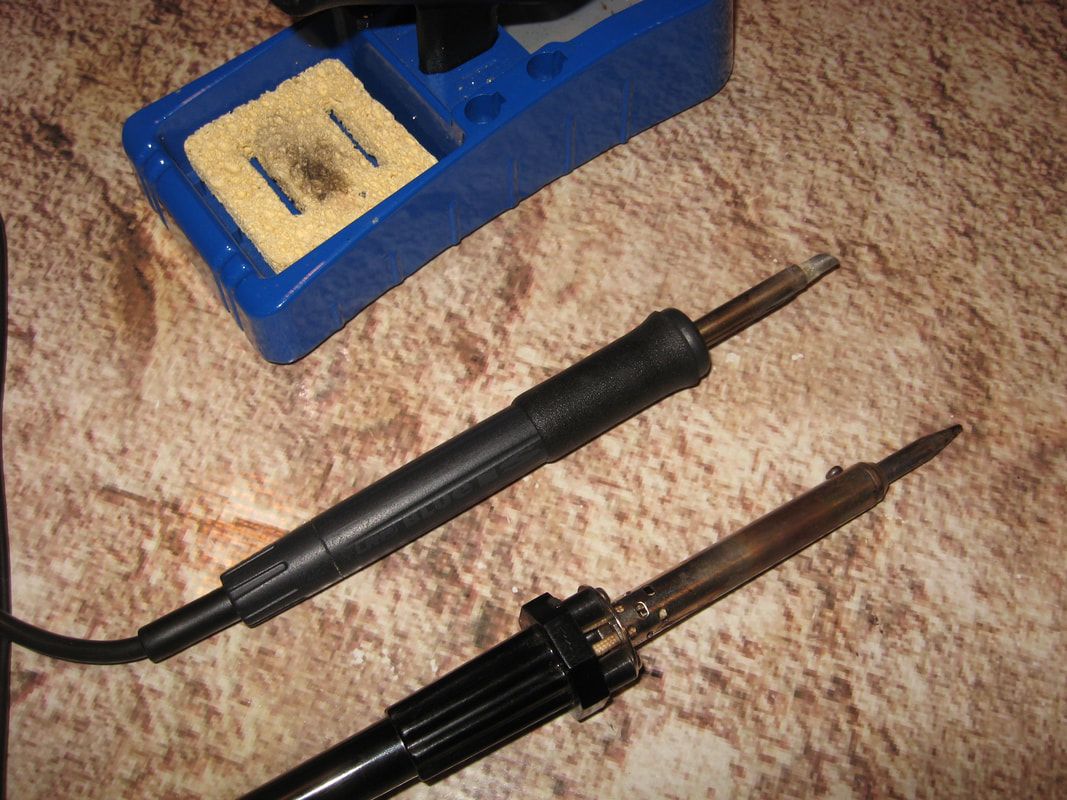
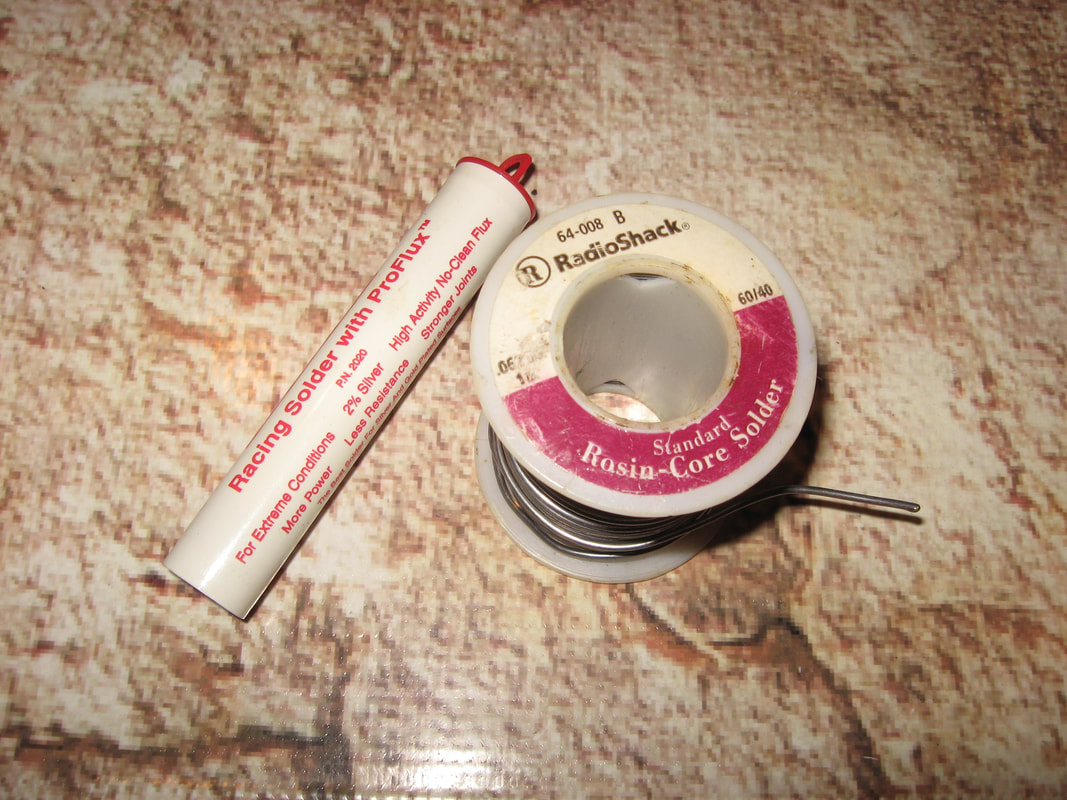
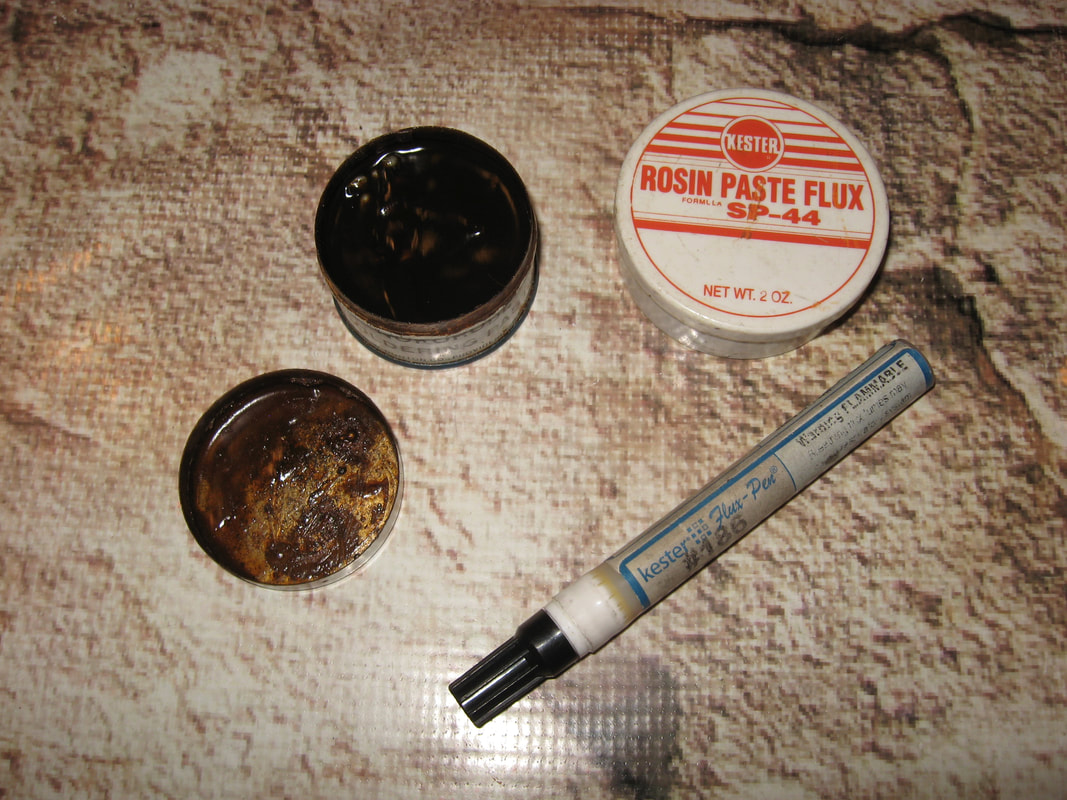
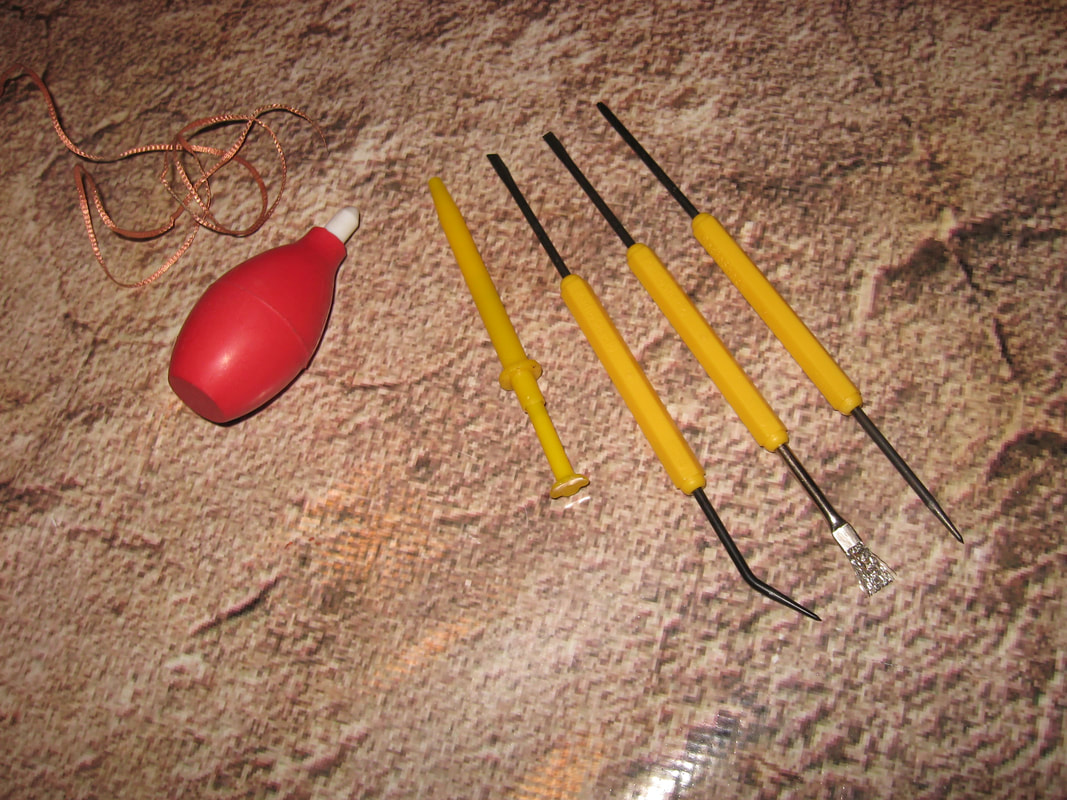
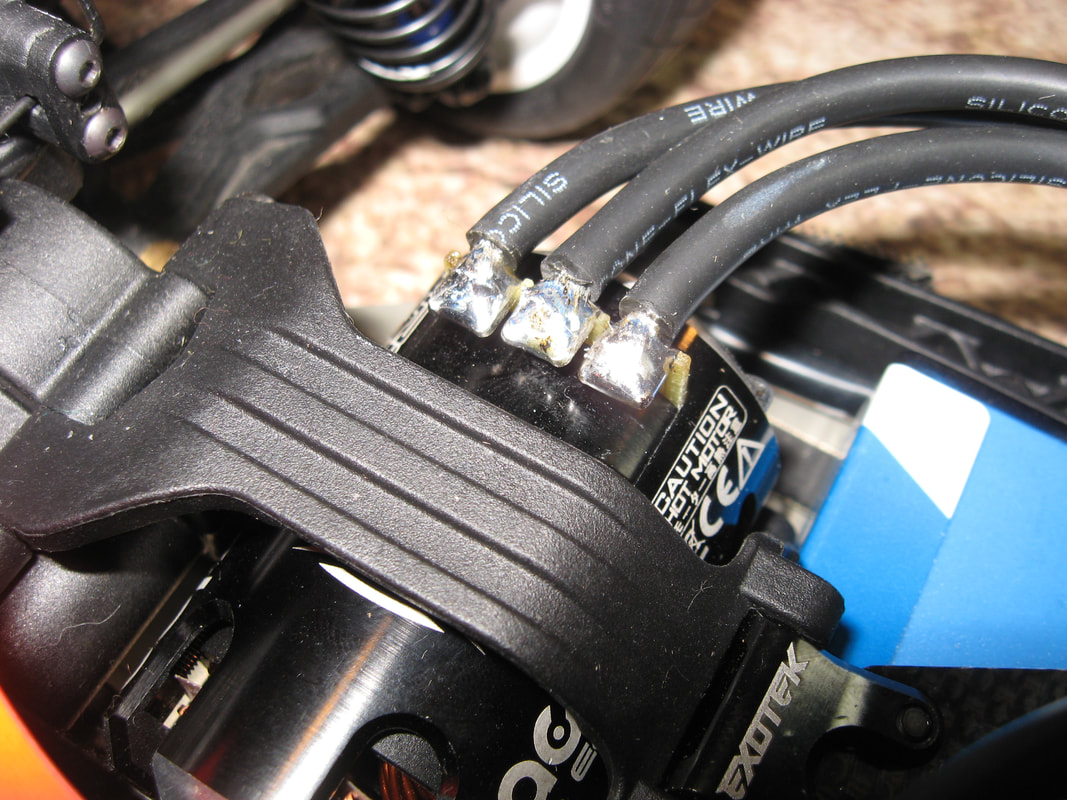
 RSS Feed
RSS Feed

